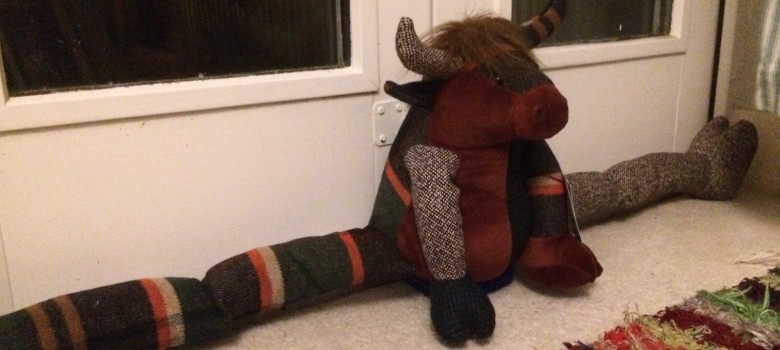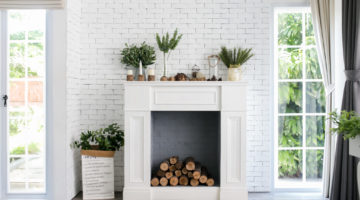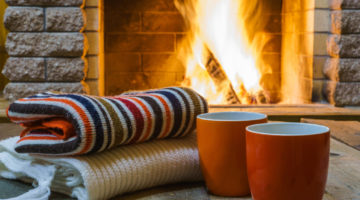
Draught excluders are a really simple way to save you money and make your home warmer in winter. Do they really make a difference? And what type of excluder works best?
What is the Best Draught Excluder?
Anything that blocks the cold air from travelling around your doors or windows is an effective draught excluder. Remember that this is not intended to be an insulator in the way that loft insulation or wall insulation is. Insulation prevents heat from passing through it, whilst draught excluders prevent cold or warm air from passing around it. This is an important distinction, because you can have a really well insulated home with really high spec insulation in the walls, and still feel cold because there is a nasty draught coming from the front door.

Should you use Draught Excluders Between Rooms?
People often ask if you should insulate partition walls, or stud walls in between rooms in your house. The answer to that question is usually no, unless you are looking to soundproof the rooms, as it is not a wall that loses heat to the outside.
Draught proofing is slightly different. Draughts between rooms can make you feel colder, even if the air itself isn’t colder. Further, if you have your living room warmer than the rest of the house, draught proofing under the connecting doors will help prevent those convection type draughts as the colder air gets under the door from the adjoining room.
Draught Proofing Floorboards
If you have exposed floor boards you should make sure that the gaps between them are filled. This is because your floor boards are ventilated to the outside through air bricks, in order to prevent them suffering from damp. We recommend filling the gaps between the boards with Draught-Ex (A spongy cord that fills out the gap between the board).
Draught Excluders Under Doors
Where you have an external door with a draughty gap at ground level, we recommend a brush type draught excluder, which will be durable enough to deal with the constant boots stomping over it, whilst still cutting out the draught.
As for internal doors, or external doors with less footfall, and easily movable draught excluder, for example our range of animal draught excluders, are perfect.
Around door and window frames, there are a wide range of self adhesive draught excluders that will do the job reasonably well, although some brands may need replacing every few years, as they have to put up with some big changes in temperature over the course of a year.
Draught Proofing Other Areas
Once you have covered the obvious spots around the home, try draught proofing some of the less obvious spots. Loft hatches are an area where lots of heat can be lost, so make sure that the hatch fits snugly and some draught proof strips have been fitted around the edges.
Also if you have a chimney you tend not to use every often, consider a chimney sheep or chimney balloon, which are a cheap and easy way to temporarily block draughts from your chimney.
Ventilation can be Important
Whilst draught proofing will keep your room warm, make sure you don’t block any air bricks in the wall, or vents designed to provide air to the room. Why should you not block these? There are two main reasons: Air bricks help reduce the amount of condensation forming on your walls, and therefore help deal with any potential damp issues. Vents are also important if you have gas appliances or old open flue boilers, as they ensure your boiler is getting enough air and the fuel is burning properly – so don’t block them. Modern boilers don’t have this problem as they draw their air from the outside rather than from the air in the room.
Think we missed something? Do you have a different opinion?
Comment below to get your voice heard…












2 comments